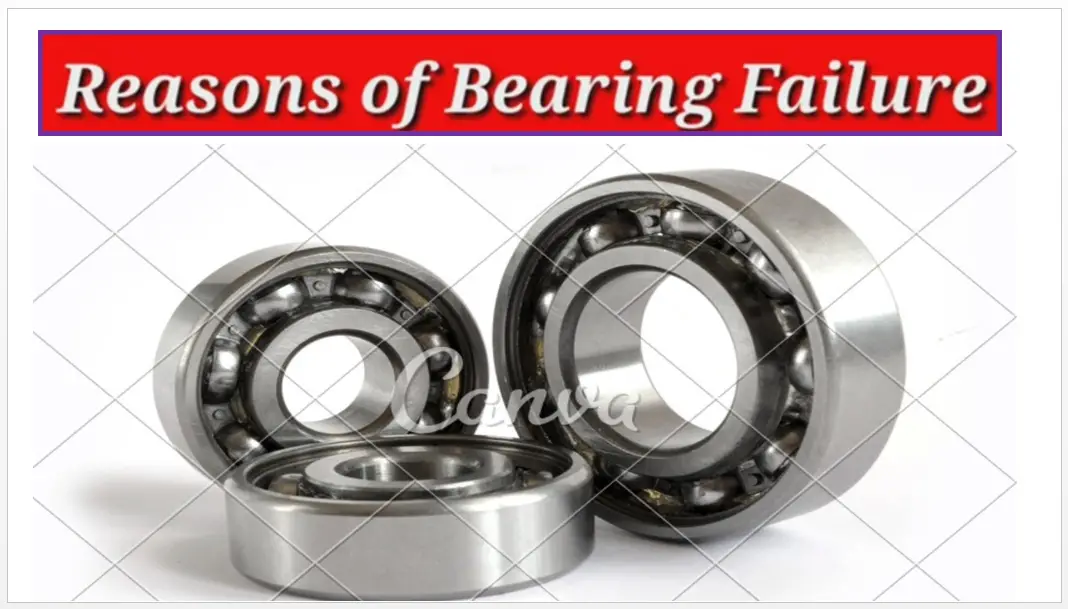
Bearing have very important role in industrial machinery. A bearing is a machine element that constrains relative motion to only the desired motion and reduces friction between moving parts. The design of the bearing may, for example, provide for free linear movement of the moving part or for free rotation around a fixed axis; or, it may prevent a motion by controlling the vectors of normal forces that bear on the moving parts. Most bearings facilitate the desired motion by minimizing friction. Bearings are classified broadly according to the type of operation, the motions allowed, or the directions of the loads (forces) applied to the parts.
1. Lack of Lubrication-:
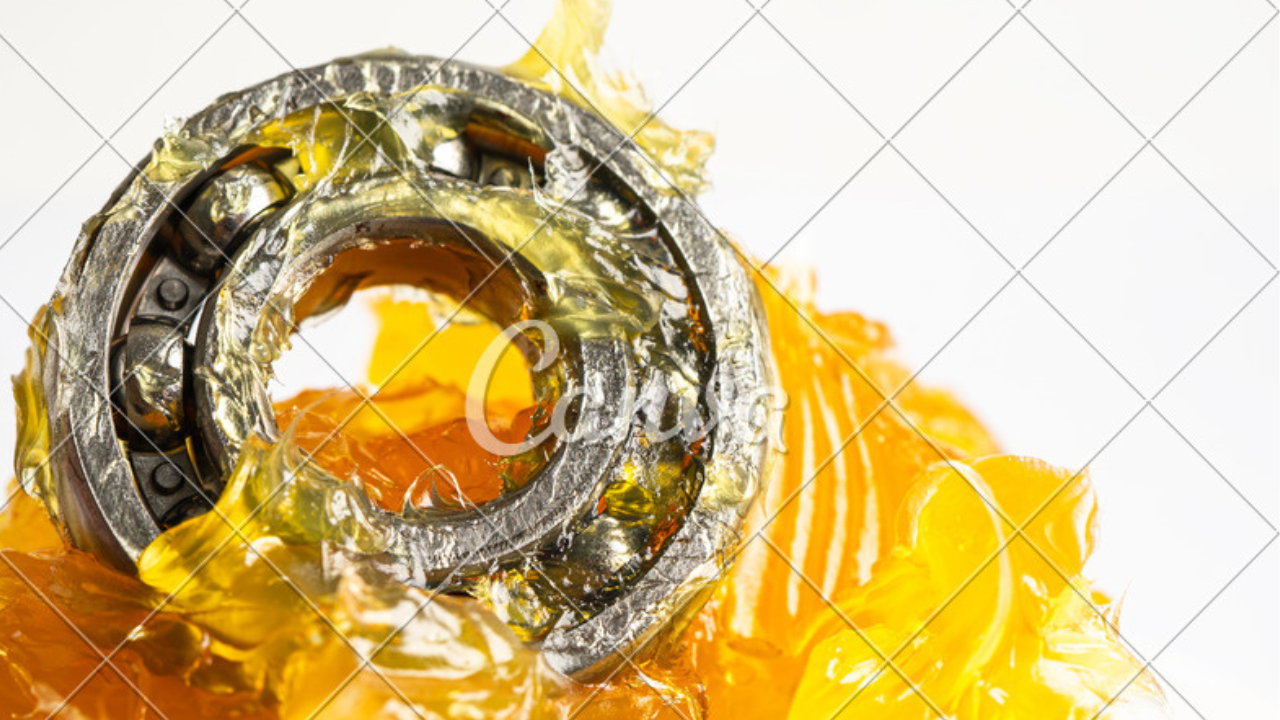
Lack of lubrication in bearings can have detrimental effects on machinery and equipment performance. Without proper lubrication, bearings are exposed to increased friction, heat, and wear, leading to premature failure and costly repairs. The absence of lubricant also allows for the accumulation of dirt, debris, and moisture within the bearing assembly, further exacerbating the issue. This can result in noisy operation, vibration, increased energy consumption, and decreased overall efficiency.
To prevent these problems, it is essential to regularly inspect and maintain proper lubrication levels in bearings according to manufacturer recommendations. Choosing the correct type of lubricant based on factors such as load capacity, speed, temperature range, and environmental conditions is crucial to ensure optimal performance and longevity of the bearing system.
2. Due to abrasive Wear-:
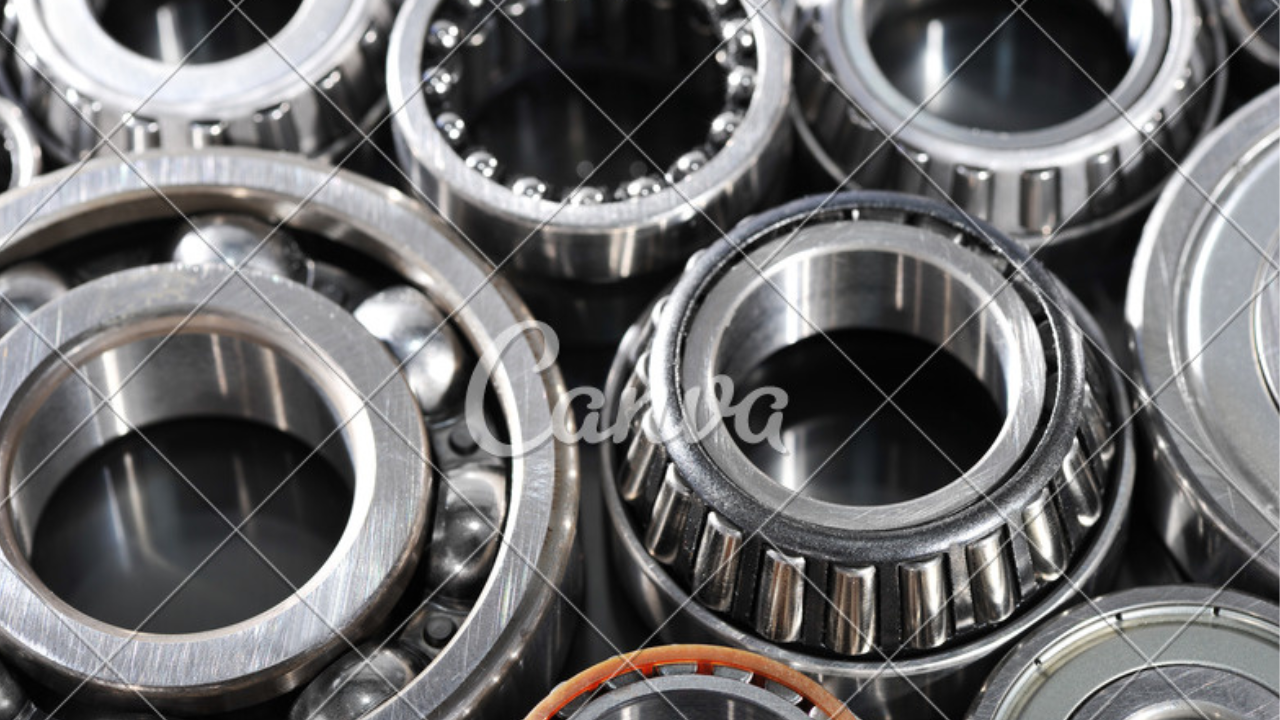
Bearing failure due to abrasive wear is a common issue in industrial machinery, especially in environments with high levels of dust, dirt, or other abrasive particles. This type of failure occurs when these particles come in contact with the bearing surfaces, causing friction and gradual erosion of the material. Over time, this abrasive action can lead to the formation of grooves or pits on the bearing surfaces, ultimately compromising their ability to function properly and resulting in premature failure.
To prevent this type of failure, it is crucial for maintenance professionals to regularly inspect bearings for signs of wear and tear, and to implement proper lubrication protocols to reduce friction and protect the bearing surfaces from abrasive contaminants. Additionally, selecting bearings with suitable materials and coatings can help mitigate the effects of abrasive wear and prolong their lifespan in challenging operating conditions.
3. Due to Excess load on Bearing-:
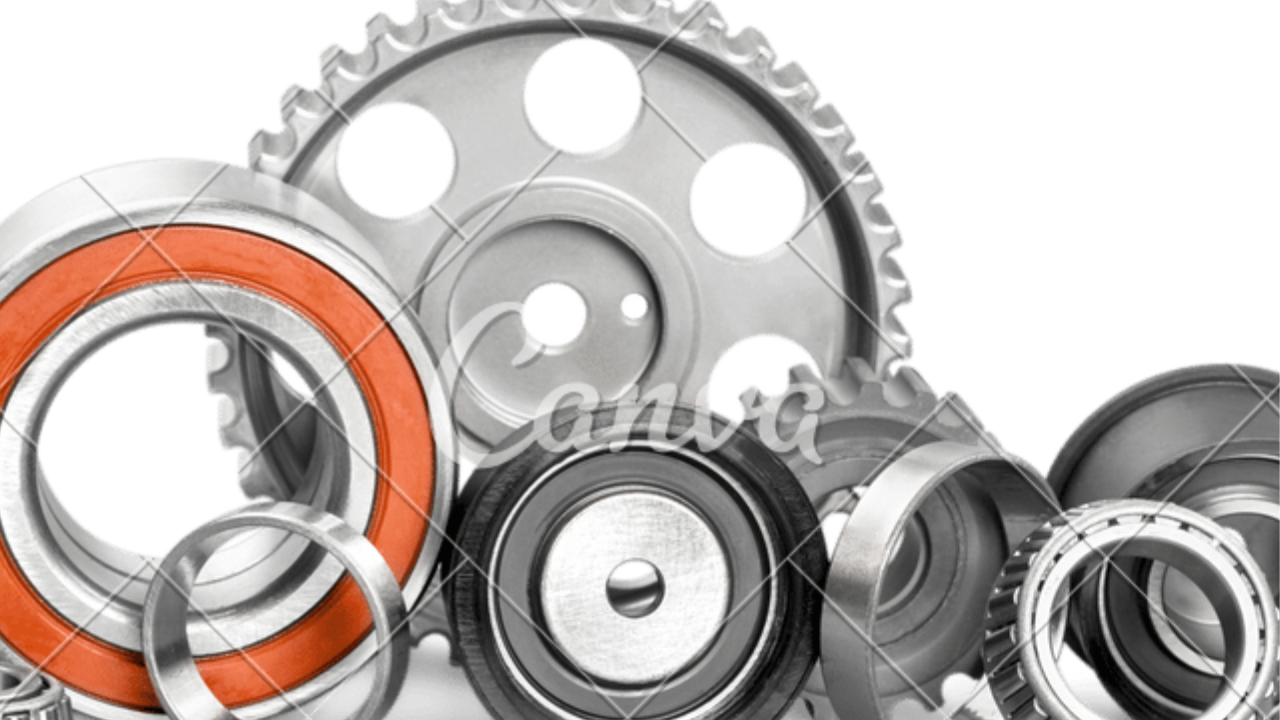
Bearing failure due to excess load is a common issue encountered in machinery and equipment, where the bearing is subjected to a load beyond its designed capacity. When the bearing experiences excessive force or pressure, it can lead to various types of damage such as deformation, wear, and ultimately failure. The increased load causes increased friction and heat generation within the bearing, leading to accelerated wear on the rolling elements and raceways. This can result in poor lubrication, inadequate cooling, and eventual breakdown of the bearing assembly.
In order to prevent bearing failure due to excess load, it is crucial for engineers and maintenance professionals to accurately calculate the load requirements for the specific application and select bearings that are capable of handling those loads. Regular monitoring of operating conditions and maintenance practices can also help identify early signs of overloading and prevent catastrophic failures.
4. Due to Lose Fittings on Bearing-:
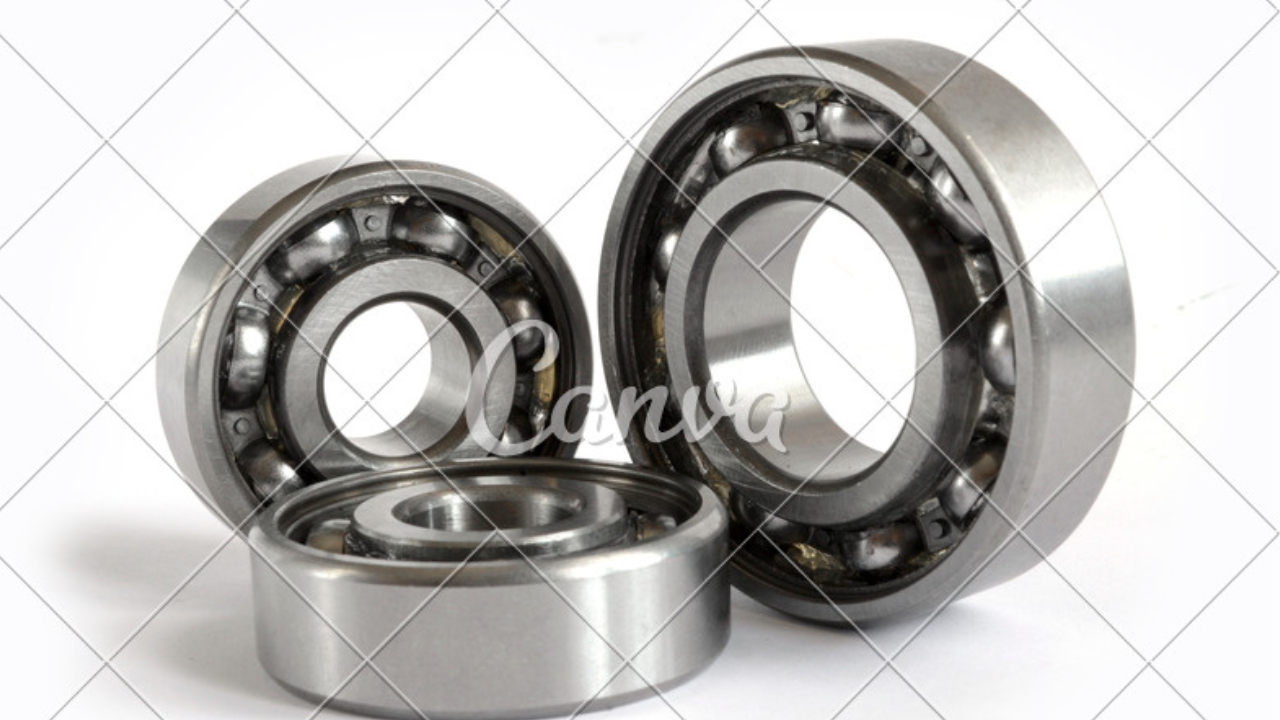
Bearing failure due to loose fittings is a common issue that can have serious consequences in industrial machinery. When bearings are not properly secured, they can become misaligned or dislodged during operation, leading to increased friction and wear. This can result in overheating, excessive noise, and ultimately premature failure of the bearing. Loose fittings can also cause vibration and misalignment within the machinery, putting additional stress on other components and potentially leading to more widespread damage.
To prevent bearing failure due to loose fittings, it is essential for maintenance professionals to regularly inspect and tighten all fasteners and ensure proper alignment of bearings. Additionally, using high-quality bearings designed for specific applications can help minimize the risk of failure due to loose fittings and prolong the lifespan of industrial machinery.
5. Problem in Connected Equipment-:
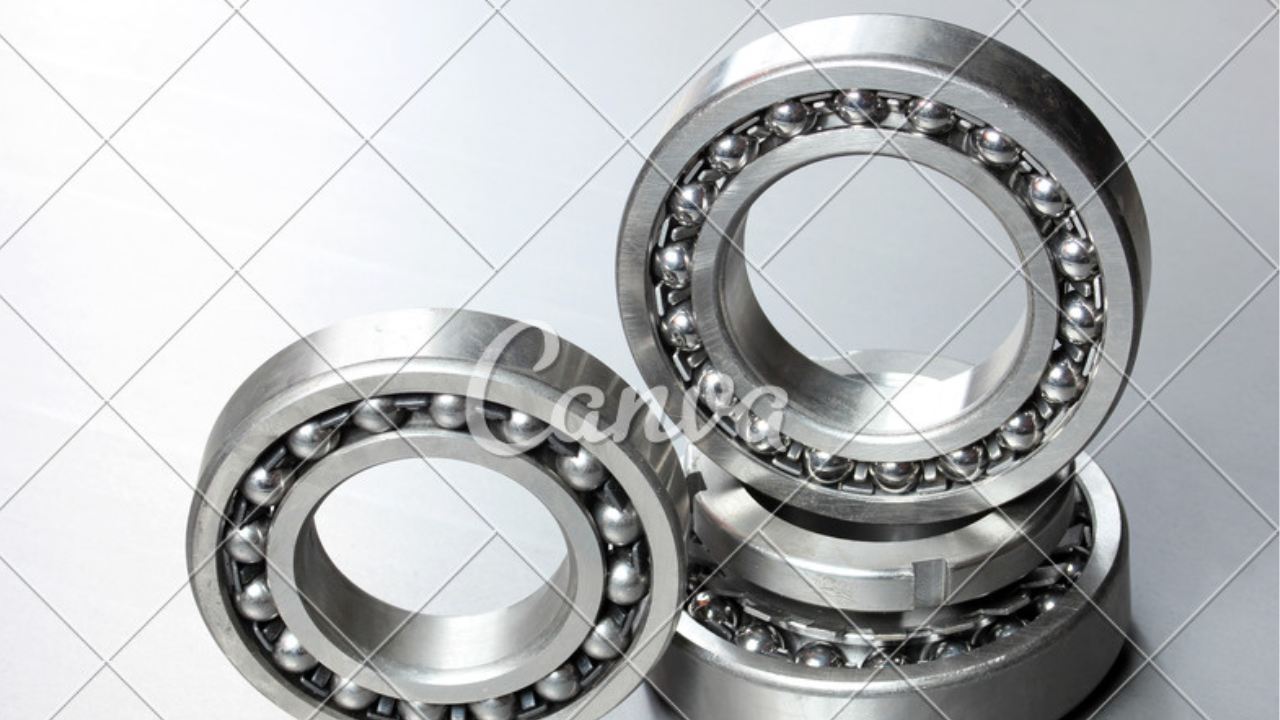
Bearing failure due to problems in connected equipment is a common issue that can have serious consequences in industrial settings. When equipment connected to a bearing, such as a motor or gearbox, malfunctions or operates under abnormal conditions, it can place an excessive load on the bearing and cause premature wear and ultimately failure. This can lead to costly downtime, lost production, and potential safety hazards.
It is important for professionals to closely monitor the performance of all connected equipment, regularly inspect bearings for signs of wear or damage, and address any issues promptly to prevent catastrophic failures. Implementing preventative maintenance schedules and ensuring proper alignment and lubrication of connected equipment are crucial steps in mitigating the risk of bearing failure due to problems in connected equipment.
6. Due to Long Running Time-:
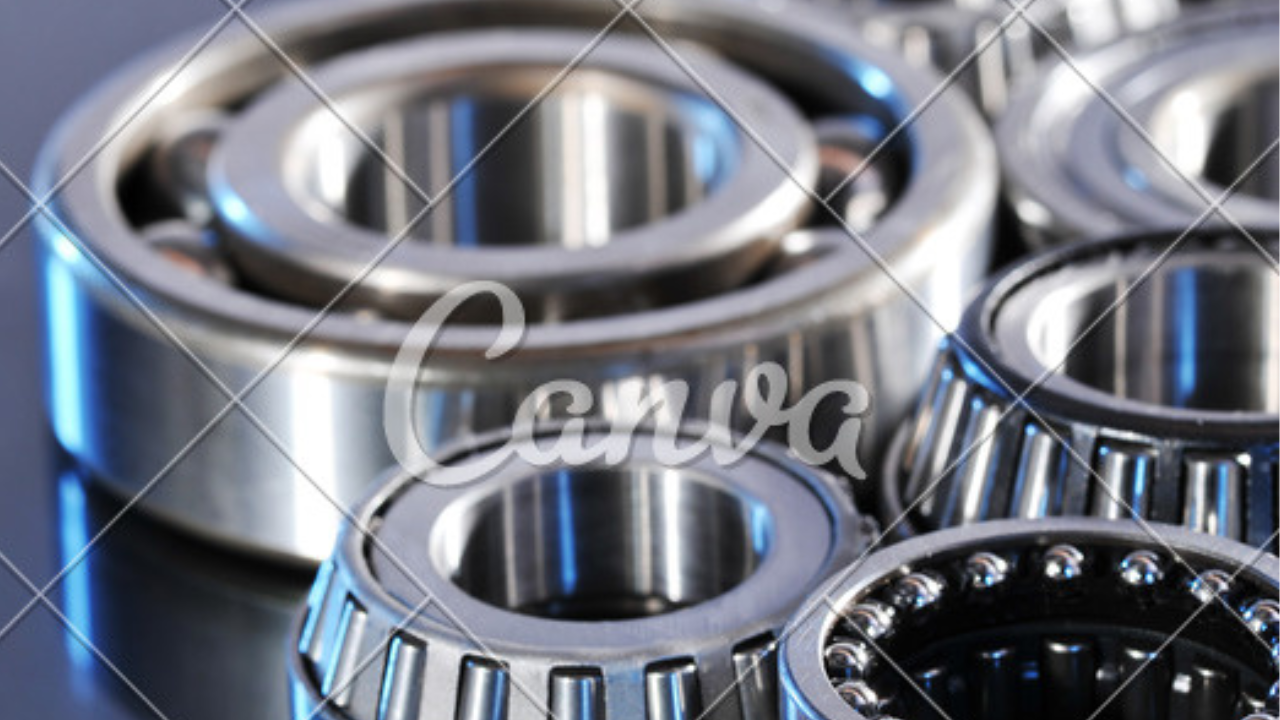
Long running time can lead to bearing failure in mechanical systems. Bearings are crucial components that support rotating shafts and reduce friction between moving parts. When bearings are subjected to prolonged operation, they experience increased wear and tear due to continuous contact with the shafts. This can result in overheating, which leads to thermal expansion and loss of lubrication effectiveness. Additionally, the accumulation of dirt, dust, and other contaminants over time can further accelerate the deterioration of bearings.
As a result, prolonged running time without adequate maintenance and monitoring can ultimately cause bearings to fail prematurely, leading to equipment breakdowns and costly repairs. It is essential for professionals to regularly inspect and replace bearings as needed to prevent downtime and ensure optimal performance of mechanical systems.
7. Due to Bend Shaft and Misalignment-:
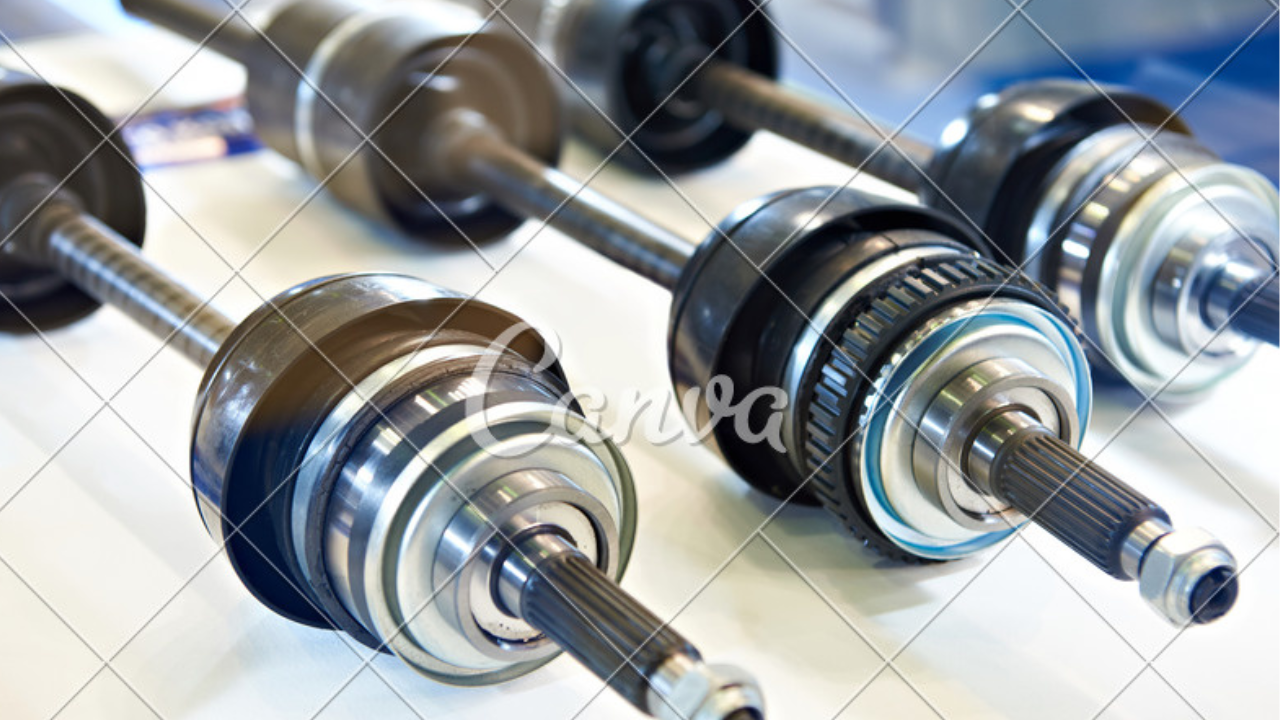
Bearing failure due to bent shafts and misalignments is a common issue in mechanical systems that can lead to significant downtime and costly repairs. Bent shafts can occur as a result of excessive loads, improper installation, or wear over time. When a shaft is not perfectly straight, it puts additional stress on the bearings, causing them to wear out prematurely and ultimately fail. Misalignments, on the other hand, occur when the components of a system are not properly aligned with each other.
This can cause uneven loading on the bearings, leading to increased friction and heat generation. To prevent bearing failure due to bend shafts and misalignments, regular maintenance and alignment checks are essential. Additionally, using high-quality bearings with proper load ratings can help mitigate these issues and prolong the lifespan of the system.
8. Due to Improper Selection of Bearing-:

Bearing failure due to improper selection of bearing can result in significant issues within industrial machinery, leading to costly repairs and downtime. When selecting a bearing for a specific application, factors such as load capacity, speed, operating temperature, and environmental conditions must be carefully considered to ensure optimal performance and longevity. If the wrong type of bearing is chosen, it may experience premature wear, heat generation, or even catastrophic failure.
To avoid these problems, it is crucial for engineers and maintenance personnel to consult with bearing manufacturers or industry experts to determine the correct type of bearing for their specific needs. Taking the time to select the appropriate bearing upfront can save businesses time and money in the long run by preventing unplanned breakdowns and disruptions to production processes.
“Thank you for reading! If you found this article insightful and valuable, consider sharing it with your friends and followers on social media. Your share can help others discover this content too. Let’s spread knowledge together. Your support is greatly appreciated!”
